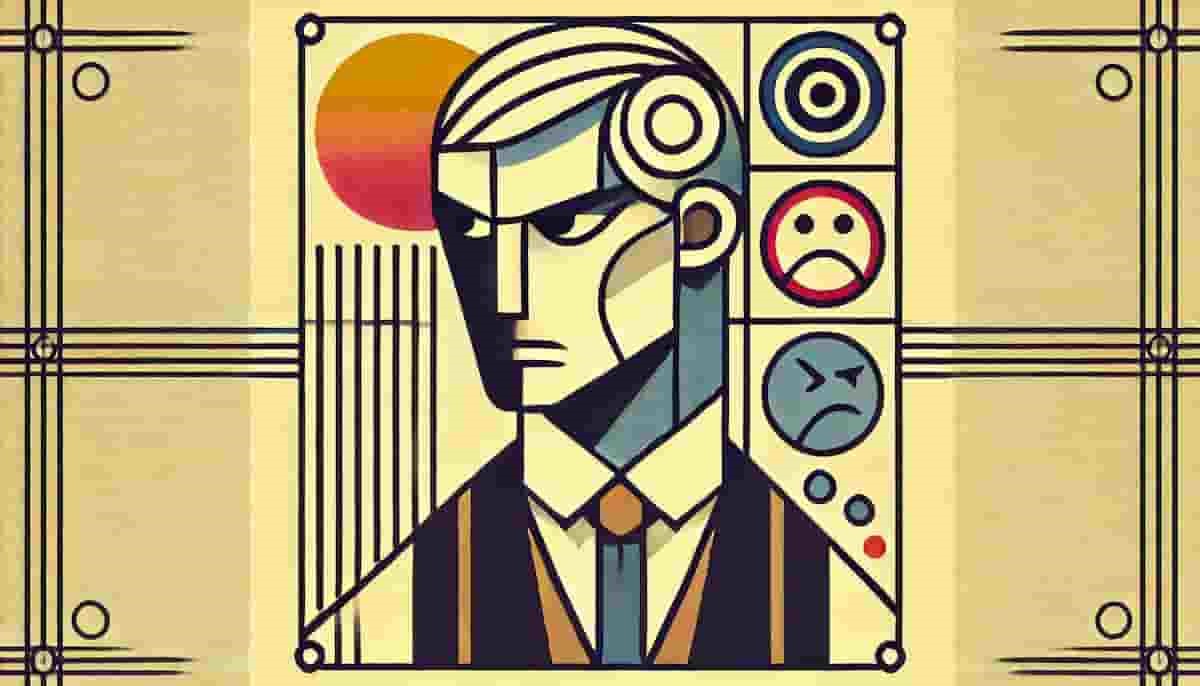The false consensus effect is a cognitive bias where individuals overestimate how much others share their beliefs, attitudes, and behaviours.
What is the false consensus effect?
The false consensus effect is a psychological tendency to assume that our own opinions, values, and behaviours are more common than they actually are.
This bias can lead us to:
- Misjudge the beliefs and attitudes of others.
- Overestimate the agreement others have with our point of view.
- Make decisions based on flawed assumptions about group consensus.
This phenomenon stems from the human need to validate one’s own perspectives and the tendency to seek out and remember information that aligns with our existing beliefs.
Key characteristics of the false consensus effect
Overestimation of agreement
People often overestimate the extent to which others share their opinions or preferences. This overconfidence arises from:
- Limited exposure to dissenting views.
- Selective attention to confirming evidence.
- Interaction within like-minded social groups.
Projection of personal attitudes
Individuals unconsciously project their own thoughts and feelings onto others.
For example, someone who values healthy eating may assume that most people prioritise the same dietary habits, even if evidence suggests otherwise.
Resistance to disconfirming evidence
The false consensus effect can make people resistant to information that contradicts their assumptions.
This resistance reinforces the belief that their perspectives are universally shared.
Causes and psychological mechanisms
Several psychological mechanisms contribute to the false consensus effect, including:
- Self-serving bias: Individuals often view their opinions as reasonable and logical, leading to the belief that others must think similarly.
- Availability heuristic: Familiar ideas and experiences are more readily recalled, making them appear more widespread.
- Naïve realism: People assume that they perceive reality objectively, leading to the conclusion that others who disagree are uninformed or biased.
Real-world examples of the false consensus effect
Workplace decision-making
In a professional setting, a manager might assume that their team members unanimously support a particular strategy because it aligns with their own preferences.
This assumption can lead to decisions that overlook alternative viewpoints.
Political beliefs
The false consensus effect is prevalent in political discourse, where individuals believe their ideological stances are widely shared within their community or nation.
This can create polarisation and hinder constructive dialogue.
Consumer behaviour
Marketers often leverage the false consensus effect by promoting products as “popular” or “favoured by most people,” encouraging consumers to align their choices with perceived social norms.
Consequences of the false consensus effect
Personal decision-making
Overestimating consensus can result in poor decision-making. For instance:
- Underestimating opposition or resistance to ideas.
- Misjudging the popularity of a product or service.
- Neglecting diverse perspectives in problem-solving.
Social interactions
The bias can create misunderstandings and conflicts in social contexts. Assuming that others share the same values or opinions may lead to disappointment or frustration when faced with disagreement.
Organisational impacts
In organisations, the false consensus effect can:
- Undermine team cohesion by disregarding minority views.
- Reduce the effectiveness of collaborative efforts.
- Impede innovation by stifling diverse input.
Strategies to mitigate the false consensus effect
Encourage diverse perspectives
- Actively seek input from individuals with different backgrounds and viewpoints.
- Foster open discussions that challenge assumptions.
Develop self-awareness
- Reflect on personal biases and how they influence perceptions.
- Practice mindfulness to recognise automatic thought patterns.
Use data-driven approaches
- Base decisions on empirical evidence rather than subjective assumptions.
- Conduct surveys or gather feedback to understand the actual distribution of opinions.
Promote critical thinking
- Question generalisations and stereotypes.
- Evaluate the validity of assumptions before making decisions.
Comparing the false consensus effect to related biases
Overconfidence bias
While the false consensus effect involves overestimating agreement with others, the overconfidence bias relates to an individual’s belief in their own knowledge or abilities.
Both biases can lead to flawed judgement but arise from different cognitive processes.
Groupthink
Groupthink occurs when a desire for harmony or conformity within a group leads to irrational decision-making.
Unlike the false consensus effect, which is often an individual bias, groupthink is a collective phenomenon.
Confirmation bias
Both the false consensus effect and confirmation bias involve favouring information that supports one’s existing beliefs.
However, the false consensus effect specifically focuses on perceptions of shared beliefs, while confirmation bias is broader.
Cultural and demographic variations
Influence of culture
Research suggests that collectivist cultures, which emphasise group harmony and consensus, may experience the false consensus effect differently from individualist cultures.
In collectivist societies, the bias might be amplified due to a stronger emphasis on shared norms.
Age and experience
Younger individuals or those with limited exposure to diverse perspectives may be more prone to the false consensus effect.
Greater experience and exposure to different viewpoints can reduce its influence.
Neuroscientific insights
Advances in neuroscience provide clues about the brain mechanisms underlying the false consensus effect.
Studies suggest that:
- The prefrontal cortex plays a role in bias detection and regulation.
- Neural pathways involved in empathy and perspective-taking are linked to reducing the effect.
Implications for social media and online interactions
Social media platforms can amplify the false consensus effect by creating echo chambers where users are exposed predominantly to content that aligns with their views.
This reinforces the illusion of consensus and may:
- Polarise public opinion.
- Reduce exposure to diverse perspectives.
- Strengthen the bias in decision-making and social attitudes.
Strategies to counteract social media’s influence
- Follow diverse accounts to broaden exposure to differing opinions.
- Critically evaluate content and its sources.
- Engage in respectful discussions with individuals holding opposing views.
Conclusion
The false consensus effect is a pervasive cognitive bias that influences perceptions, decision-making, and social interactions.
By understanding its causes and consequences, individuals and organisations can take steps to mitigate its impact.
Embracing diverse perspectives, promoting critical thinking, and fostering self-awareness are essential strategies for overcoming this bias and making more informed, inclusive decisions.

